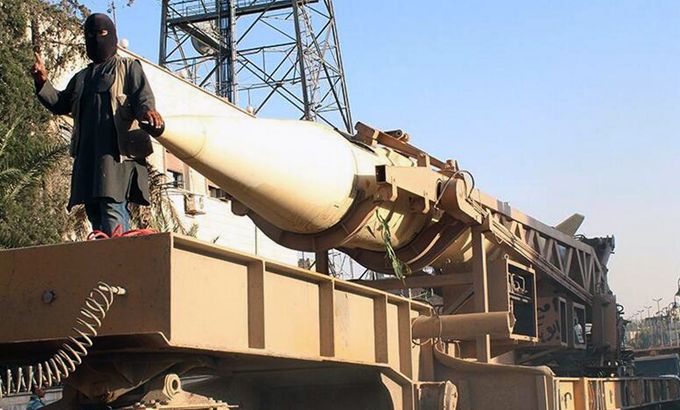
Armed against ISIL
Who is behind the millions funneled to the various military forces fighting the Islamic State in Iraq and the Levant?
With the rise of the Islamic State in Iraq and the Levant, Iraq is now trying to fight back against this new threat. But who is arming the Iraqis, and in particular the Kurds?
To attempt to stave off ISIL, some nations have pledged to arm the Kurds’s Peshmerga forces. Surprisingly, Iran jumped in first, with light arms and ammunitions. Germany pledged $91m worth of weapons to the Kurdish fighters; Italy’s $2.5m contribution includes 200 machine guns, 2,000 rocket propelled grenades, almost a million rounds of ammunition – similar to what Britain is providing; and Canada has gone down the non-lethal route: $15m worth of equipment, two thirds of that being helmets, body armour and logistical support.
Then there is what Iraq’s army has been given – or not given, as the case may be. Iran and Russia have handed over SU-25 FrogFoot attack jets. Iraq needs those because there is a delay in receiving war planes and helicopters from the United States.
Iraq has ordered 34 F-16 fighter jets, but the first four will not arrive there until the end of the year. The US Congress has also oppposed the sale of 24 AH-64E Apache attack helicpoters, as well as 24 Beechcraft AT-6 Texan 11 armed turbo prop planes – all significant to the Iraqi cause.
Meanwhile the US has jumped in, with President Obama laying out plans to degrade and ultimately destroy ISIL. To discuss the latest developments related to ISIL and the international community, Iraqi political and oil consultant Shwan Zulal joins us from London.